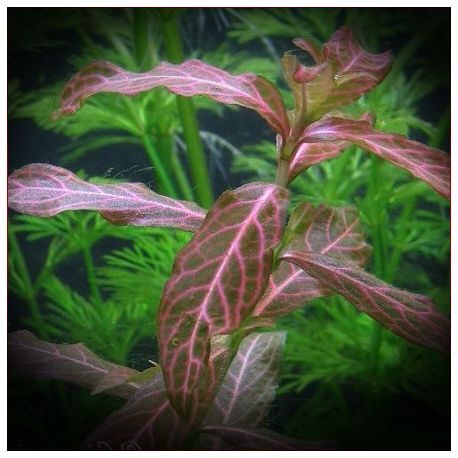More info
Datasheet
| Aquarium Compatible | yes |
| Plant Outdoor | unknown |
| Plant Emersed Growth | yes |
| Plant Growth | very fast |
| Temperature Tolerance | 4°C / 39.20°F - 35°C / 95.00°F |
| Temperature | 22°C / 71.60°F - 28°C / 82.40°F |
| Carbonate Hardness | 2-21 kh |
| pH Value | 5-8 ph |
| Light | low-high |
| Carbon Dioxide (CO2) | 5-40mg/lmg/l |
| Nitrate (NO3-) | 10-50mg/lmg/l |
| Phosphate (PO43-) | 0.1-3mg/lmg/l |
| Potassium (K+) | 5-30mg/lmg/l |
| Iron (Fe) | 0.01-0.5mg/lmg/l |
General Description
Hygrophila polysperma, commonly known as Dwarf Hygrophila, is a robust and highly adaptable aquatic plant native to India and Bhutan. An alternate brown variety, originating from Sri Lanka and commercially introduced under the name Hygrophila polysperma "Ceylon" by Tropica, is also available in the trade.
Aquarium Suitability
With a very easy level of care and high availability in aquarium shops, Hygrophila polysperma is a popular choice for beginner aquarium keepers. It is known for its undemanding nature regarding lighting, nutrients, and water hardness. CO2 injection is not required for its growth, and it flourishes in various water conditions.
Demands and Hardiness
Hygrophila polysperma is categorized as very easy to care for in aquarium settings. Its nutrient requirements are easily satisfied, and it grows well without the need for specific light intensities or water hardness levels. The plant's growth rate is rapid, and it can thrive in temperatures ranging from 22-28°C.
Aquascaping & Usage
Ideal for the aquarium background and midground, a group of H. polysperma stems adds visual interest to aquascapes. Its ability to form lateral shoots makes propagation straightforward – simply cutting and replanting the shoots is sufficient. Regular trimming every 2-3 weeks is recommended due to its fast growth rate.
Propagation
Hygrophila polysperma is propagated through cuttings, where lateral shoots or the top shoot can be planted into the substrate for easy reproduction.
Habitat and Distribution
This plant is commonly found in aquatic habitats in India, Bhutan, and Sri Lanka. Its versatile nature allows it to thrive in various water conditions, making it a prevalent choice in both wild habitats and aquarium setups.

